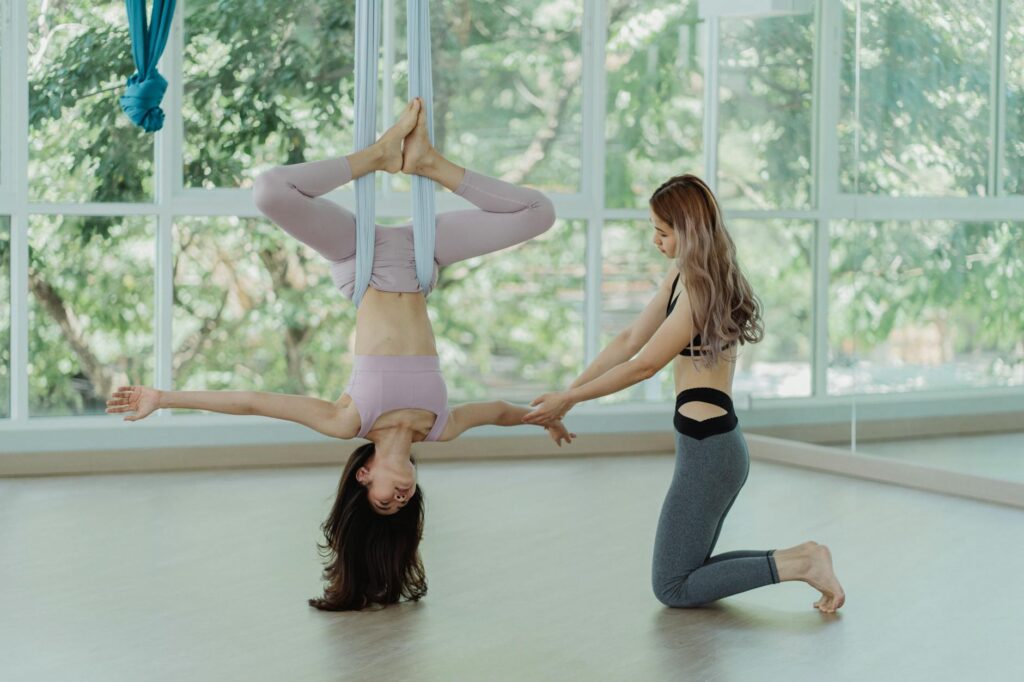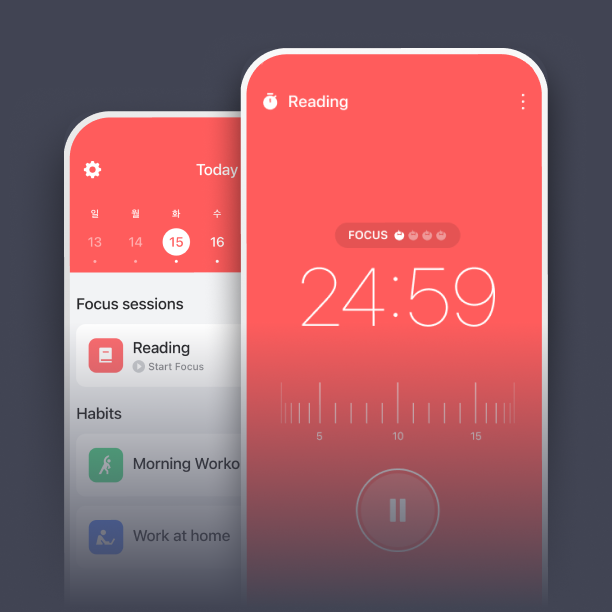What is guided relaxation?

What is guided relaxation?
In today’s fast-paced world, finding ways to unwind and recharge is more important than ever. Guided relaxation has emerged as a popular method for individuals seeking balance amidst their busy lives. This technique offers a simple yet effective pathway to enhance productivity, improve mental clarity, and foster emotional well-being. Whether you’re a student looking to enhance your study habits or a professional aiming for better work-life balance, guided relaxation can transform your everyday experience.
Understanding Guided Relaxation
Guided relaxation is a structured technique that helps individuals reach a state of deep relaxation through verbal instruction. It involves a facilitator—either in person or via audio recordings—who leads you through various relaxation exercises and mental imagery.
Definition of Guided Relaxation
At its core, guided relaxation is a practice aimed at helping you relax both physically and mentally. By guiding you through visualizations and breathing exercises, it allows you to let go of stress and tension, promoting a sense of peace and calm. This method is not just beneficial for relaxation; it’s also a tool for enhancing personal wellness.
History and Origins
The roots of guided relaxation can be traced back to ancient meditation practices. Techniques such as guided imagery have been used in various cultures as a way to promote healing and mental clarity. Over the years, these practices have evolved, integrating elements from psychology and holistic health, making them accessible to anyone seeking relief from stress.
Benefits of Guided Relaxation
The advantages of guided relaxation extend far beyond just feeling good. Here are some of the most significant benefits:
Enhanced Focus and Concentration
One of the most striking benefits of guided relaxation is its ability to sharpen your mental focus. By teaching you to quiet your mind, it helps improve your concentration levels. Regular practice can lead to better productivity, whether you’re studying for exams or tackling a challenging work project.
Stress Reduction and Emotional Well-being
Have you ever noticed how stress seems to build up throughout the day? Guided relaxation offers a sanctuary from this tension. According to Healthline, it can help lower stress levels and alleviate symptoms of anxiety and depression. This relief promotes emotional stability, allowing you to approach challenges with a clear and calm mindset.
Improved Sleep Quality
Quality sleep is essential for overall health, yet many struggle to achieve a restful night. Guided relaxation can be a key component in enhancing sleep quality. By relaxing the mind and body before bed, you signal to your body that it’s time to unwind. Techniques like guided imagery can help you drift into sleep more easily, as indicated by studies on sleep improvement (WebMD).
Techniques and Methods in Guided Relaxation
There are several techniques employed in guided relaxation, each designed to help you achieve a state of calm and mindfulness.
Breathing Exercises
Breathing is the cornerstone of relaxation. In guided relaxation, controlled breathing techniques help slow down your heart rate and calm the nervous system. By focusing on your breath, you can let go of distractions and ground yourself in the present moment.
Visualization Techniques
Visualization is an effective tool within guided relaxation. It involves imagining serene settings, such as a beach or forest, to evoke feelings of peace. This mental imagery enhances relaxation by transporting your mind away from stressors. A resource like Verywell Mind provides insights into how these techniques work.
Mindfulness and Meditation
Incorporating mindfulness into guided relaxation helps deepen the experience. Mindfulness encourages awareness of the present moment, allowing you to observe your thoughts without judgment. Combining it with relaxation practices creates a powerful method for reducing stress and enhancing well-being.
How to Practice Guided Relaxation
Integrating guided relaxation into your routine can be straightforward with a few practical tips:
Finding Resources
Many resources are available to get you started. Consider using apps or websites that offer guided relaxation sessions. Platforms like Mindful provide valuable guides on meditation and relaxation techniques.
Creating a Relaxation Environment
Setting up a peaceful environment is crucial for effective relaxation. Choose a quiet space free from distractions. Dim the lights, play soft music, or use essential oils to create a calming atmosphere. This environment prepares your mind and body for relaxation.
Developing a Consistent Routine
To maximize the benefits, aim to practice guided relaxation regularly. Start by dedicating a few minutes each day to the practice. As you become comfortable, you can gradually increase the duration. Consistency helps reinforce the relaxation response, allowing you to reap its rewards long-term.
Conclusion
Guided relaxation serves as a powerful tool for personal development and productivity. By incorporating it into your daily routine, you can enhance your focus, reduce stress, and improve your overall quality of life. In our ever-busy world, taking time to relax isn’t just a luxury; it’s a necessity for achieving balance and maintaining well-being. So why not give guided relaxation a try? Your mind and body will thank you for it.

Photo by Ketut Subiyanto
